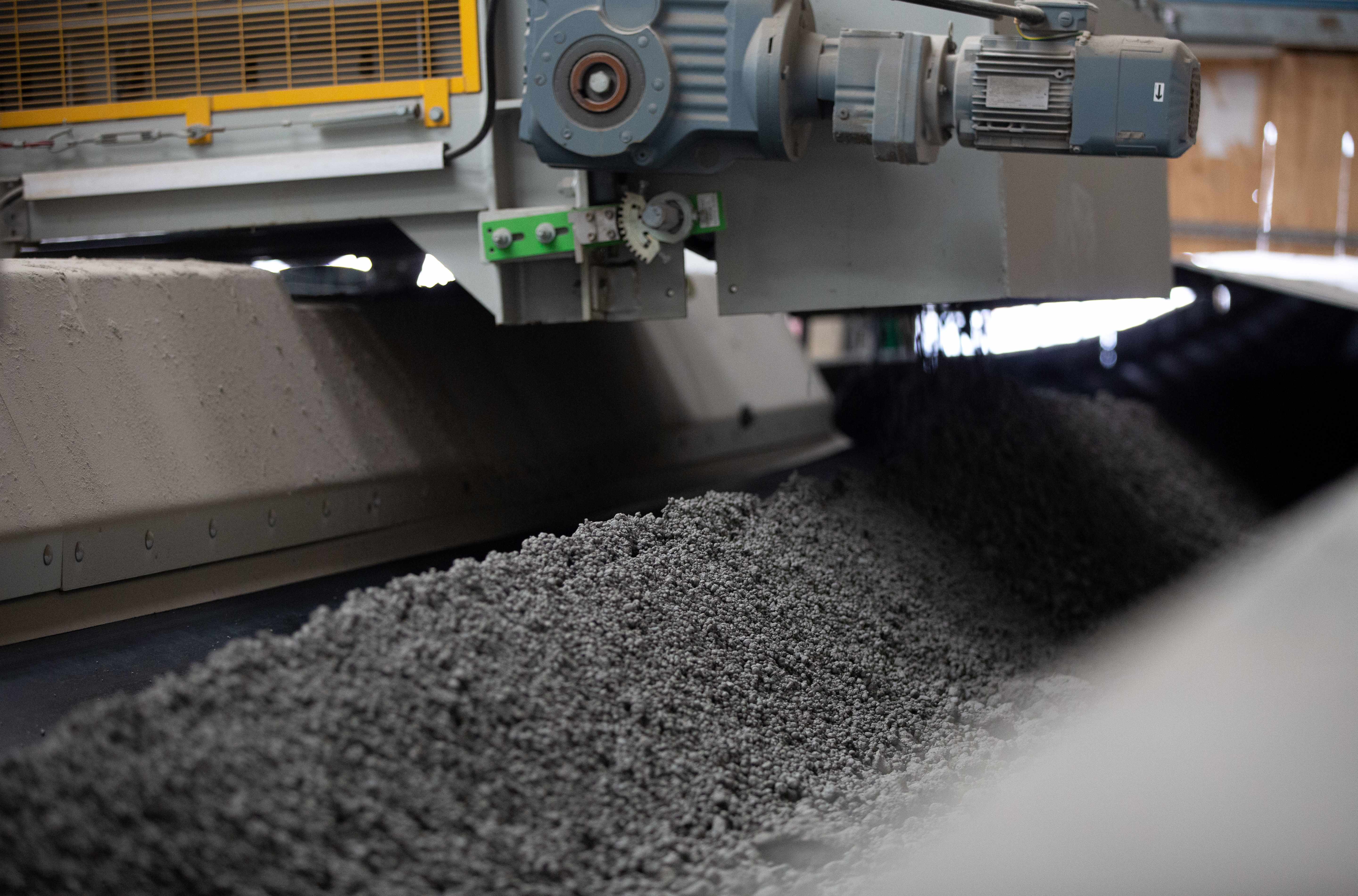Leeds Carbon Mineralization
Converting CO₂ emissions into solid building materials through accelerated carbonation
The Leeds project operated by O.C.O Technology Limited is a key component of their carbon capture and utilization initiatives, focusing on the production of carbonated building materials for sustainable construction applications. Located at Hub 45, 37 Knowsthorpe Gate, Leeds, UK LS9 0NP, the Leeds facility plays a pivotal role in converting CO₂ emissions into solid building materials through accelerated carbonation technology.
At the Leeds facility, CO₂ is used to treat various waste materials via Accelerated Carbonation Technology (ACT). This process involves reacting CO₂ with alkali earth hydroxides and silicates to produce lightweight carbonated aggregate suitable for construction purposes. The aggregate meets EN13242 and EN13055 requirements, ensuring high-quality and environmentally friendly construction materials.
The manufacturing process at the Leeds project includes blending different thermal residues, conditioning them with water, and exposing them to an elevated concentration of CO₂ to accelerate the carbonation process. This results in the production of carbonated aggregate with a verified carbon content of 144 kg of CO₂ per tonne of aggregate product. Compliance assessments, permits, and verification activities are conducted in alignment with the Puro Standard General Rules and Carbonated Building Material Methodology to uphold environmental standards.
The Leeds project exemplifies O.C.O Technology Limited's dedication to sustainable carbon removal practices and innovative solutions for carbon capture and utilization. By converting CO₂ emissions into valuable building materials, the Leeds facility contributes to reducing carbon footprints in the construction industry and advancing the transition towards a more sustainable and environmentally conscious future.
Project location
Technology and mechanism
Project certifications
Certifier
Standard
puro.earth
Registry ID
643002406801000695
Project registration date
Crediting period term
Current verifier of project outcomes
350Solutions
Project details









